Rash Around Eyes: 13 Effective Home Remedies For Relief
Natural hacks to help heal the delicate skin and nourish it back to health.
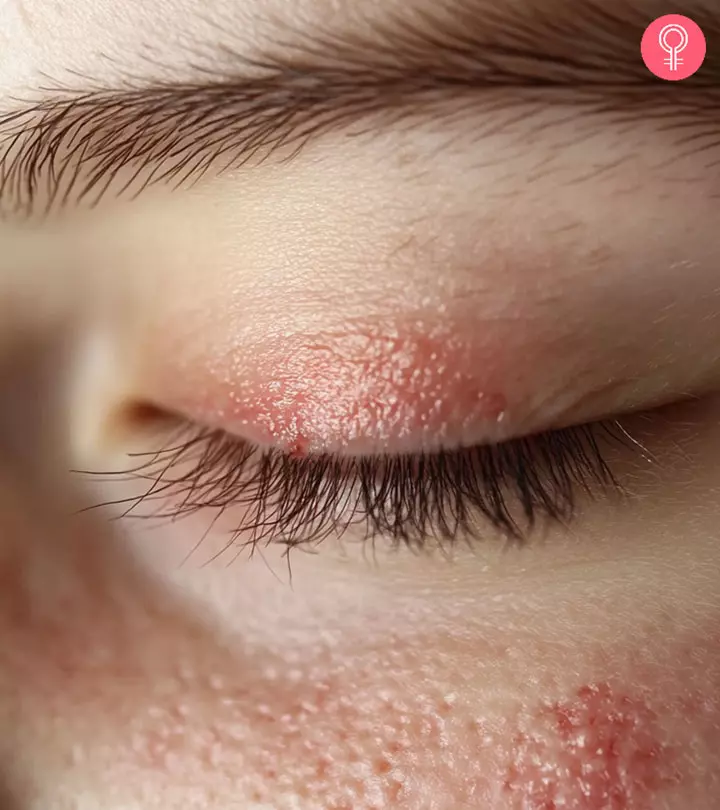
Image: Midjourney/ StyleCraze Design Team
Rashes around the eyes can occur due to allergies or inflammation. The irritated skin around the eyes reacts to a trigger substance, leaving rashes all across the affected area. But certain remedies for eye rash treatment will help you get rid of the itching, stinging, or burning. However, if not treated on time, the skin around the eyes turns dry, red, and scaly. We have compiled a list of 13 remedies to help manage the symptoms and heal the rash. Read on to know more.
In This Article
Causes Of Rash Around The Eyes
Eye rashes can be due to various reasons. The most common ones are given below:
- Allergens or irritants in skincare or beauty products
- Ill-fitting contact lenses
- Unclean eye makeup
- Rubber from swimming goggles or snorkelingi A type of water activity that involves the use of a snorkel or a breathing mask with an attached tube while swimming underwater. masks
- Bacterial infection
- Dermatitis or eczema
- Lyme diseasei A bacterial disease spread through tick bites and is usually characterized by fever, fatigue, and a skin rash.
If you have developed a rash around your eye, try one of the self-care remedies listed below to soothe the rash at home. But if the condition worsens, consult a doctor immediately.
This can help to relieve itching, redness, and bring you the much needed respite. Further, it is crucial to take care of your eye health to avoid serious complications.A study undertaken on 17,401 patients hospitalized over the observed period revealed that around 13.1% of them had skin lesions that is the areas of the skin which look different from surrounding areas, and make appear as bumps, patches, or reflect a change in texture or color. It was found to be the main reason for hospitalization. Moreover, 97.5 percent of them were found to be infectious in etiology.
Some of the most effective home remedies for eye rash include cooling agents like cucumber slices and green tea bags, which can calm inflammation. Learn more about them below.
Key Takeaways
- Maintain good hygiene and avoid touching your eyes frequently to prevent the eye rash from spreading.
- Use a soothing cold compress and apply aloe vera pulp, cucumber slices, and rose water to soothe the eye area.
- Always conduct a patch test before using any new makeup, as this may also lead to the development of eye rashes.
- Use a saline solution to clean the eyes during any rash infection.
How To Get Rid Of Rash Around Eyes
Many people turn to home remedies for eye rash, such as coconut oil or honey, to reduce redness and discomfort. There are so many non-prescription remedies or holistic remedies that may help treat eye rashes. These home therapies are easy to follow and help reduce irritation and inflammation associated with rash around the eyes. However, do note that using any new ingredient comes with the risk of allergic reactions. Therefore, always make it a point to do a patch test with new ingredients on a smaller, obscure area of your skin before using them widely. That said, keep reading to learn more about these handy home remedies for eye rashes.
1. Essential Oils
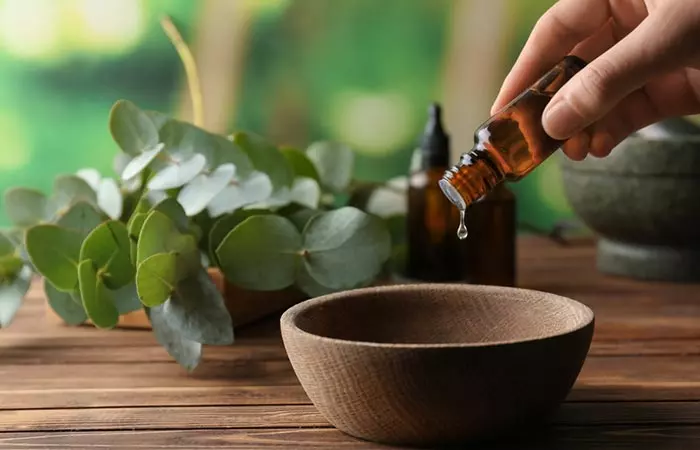
Lavender oil soothes irritation and improves circulation in the affected area (1). Castor oil and coconut oil reduce inflammation and swelling in the affected area. These oils also nourish and hydrate the skin (2). A 2010 study published in Pharmaceutical Biology tested the effects of virgin coconut oil (VCO) on inflammation, pain, and fever in rats. The researchers found that VCO reduced swelling in different inflammation tests and helped ease pain by lowering discomfort in an induced writhing test. These results suggested that VCO had natural anti-inflammatory, pain-relieving, and fever-reducing properties, but the researchers noted that more studies were needed to confirm these benefits in humans (3).
You Will Need
- 1 drop lavender essential oil
- 1-2 drops coconut oil OR castor oil
What You Have To Do
- Mix the oils and apply the mixture on the rash carefully. Use a Q-tip if required.
- Leave this on for a few hours.
How Often You Should Do This
Do this 2 times a day.
Note: Never apply undiluted essential oils directly on the skin as they have strong concentrations that can irritate. Always dilute your essential oils with carrier oils like coconut or castor oil.
2. Apple Cider Vinegar
Apple cider vinegar
is known to reduce inflammation and irritation. It acts as an astringent when applied topically and helps regulate the skin’s pH. It also has antimicrobial properties (4), (5). These properties can help kill the bacteria causing the infection in the affected area if the rash develops due to an infection. However, there are limited scientific studies to prove that ACV can help treat rashes.
You Will Need
- 1 teaspoon apple cider vinegar
- 1 teaspoon water
- Cotton ball
What You Have To Do
- Mix the water with the vinegar to dilute it.
- Dip the cotton ball in this mixture and gently wipe the rash with it.
- Do not wash off the vinegar.
How Often You Should Do This
Repeat this 2 times a day.
3. Aloe Vera
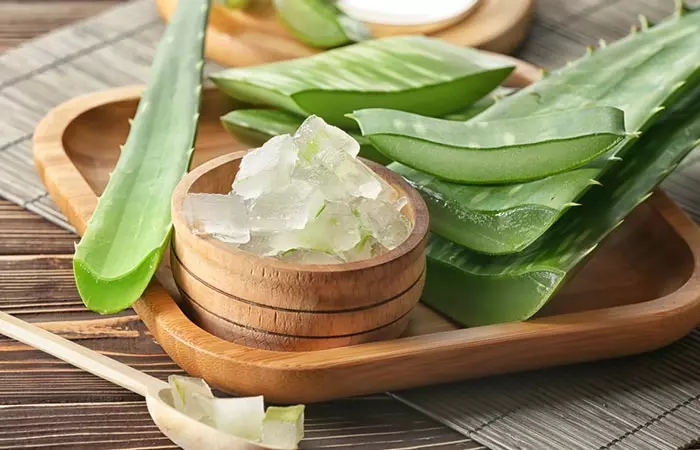
Aloe vera is known to have astringent properties. This natural treatment soothes the rash and reduces inflammation (6).
You Will Need
- 1/2 teaspoon fresh aloe vera pulp
- Coldwater
- Cotton ball
What You Have To Do
- Mix aloe vera pulp with cold water.
- Soak a cotton ball in the mixture and place it on the affected eye for 5-10 minutes.
How Often You Should Do This
Repeat this 2-3 times daily.
4. Cucumber Slices
Cucumber is another soothing remedy for eye rashes. It cools and soothes inflamed skin. A 2013 review published in Fitoterapia explored the therapeutic potential and chemical properties of cucumber (Cucumis sativus L.). Cucumber was found to cleanse the body by removing toxins and it also had a soothing effect on the skin, helping with irritation, swelling, and sunburn relief. The review also discussed various bioactive compounds found in cucumber but pointed out that more research is needed to fully understand its chemical profile and medicinal potential (7). This folk remedy also hydrates the skin and nourishes it. This can, in turn, speed up the healing process. For those looking for effective home remedies for red eyes, cucumber slices are a natural and refreshing option to help alleviate discomfort and promote quicker recovery.
You Will Need
- Cucumber
- Coldwater
What You Have To Do
- Cut the cucumber into thick slices and soak them in cold water.
- Place these cold cucumber slices on your eyes.
- As soon as the slices become warm, discard them and place another couple of slices on your eyes for a few more minutes.
How Often You Should Do This
Do this 2 times a day.
5. Chamomile

Chamomile has anti-inflammatory and healing compounds that soothe rashes and inflammation around the eyes (8). This home treatment is safe to use around and on the eyes. You can also use it to wash your eyes. For those seeking effective home remedies for itchy eyes, chamomile offers a gentle and soothing solution to ease irritation and discomfort.
You Will Need
- 1 teaspoon dried chamomile flowers
- A cup of hot water
- Cotton pad
What You Have To Do
- Add the dried flowers to the hot water cup and steep the liquid for a few minutes.
- Let the solution cool down. Soak a cotton pad with it and place it on the affected area.
- Keep this on for 5-7 minutes.
How Often You Should Do This
Do this 1-2 times a day.
6. Cold Compress
This is the most soothing rash remedy of all as the coldness of the ice helps in reducing irritation caused by rashes. This DIY remedy also reduces swelling and redness around the eyes (9).
You Will Need
An ice pack
What You Have To Do
- Gently place the ice pack on the affected skin.
- Apply very little pressure and hold it in place for 5-7 minutes.
You can also make an ice pack by wrapping a few ice cubes in a clean cotton towel.
How Often You Should Do This
Do this 2 times a day.
7. Witch Hazel
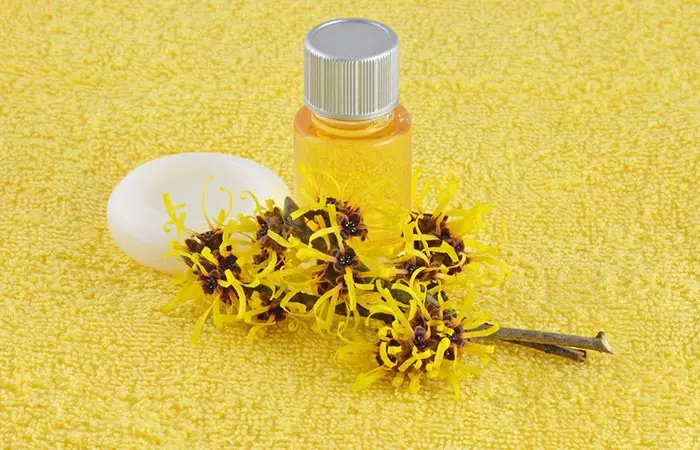
Witch hazel possesses astringent and anti-inflammatory properties. A 2011 study published in the Journal of Inflammation (London) investigated the antioxidant and anti-inflammatory potential of using white tea, rose, and witch hazel extracts on human skin fibroblast cells. All tested extracts significantly reduced IL-8 (an inflammatory marker) levels when fibroblast cells were exposed to hydrogen peroxide. The study concluded that these plant extracts may protect skin cells from oxidative stress and inflammation, providing scientific support for their use in skin care products (10). These properties can help in reducing swelling and soothing the rash.
You Will Need
- Witch hazel solution
- Cotton ball
What You Have To Do
Dip a cotton ball in the witch hazel and dab gently around the eyes.
How Often You Should Do This
Apply this 2-3 times in a day.
8. Frozen Peas
Frozen peas or ice can help to reduce swelling by constricting blood flow in the local blood vessels (11).
You Will Need
- Frozen peas packet
- A soft towel
What You Have To Do
Wrap the frozen bag in a towel and place it on the eye for 10 minutes.
How Often You Should Do This
Do this 2 times a day.
9. Rose Water

Rosewater helps in soothing rashes around the eyes. This herbal remedy has been used traditionally as a toner that stimulates blood flow and heals rashes and scars (12). Scientific studies show that rose petal extracts exhibit anti-inflammatory properties that may help fight rashes (13).
You Will Need
- Rosewater
- Cotton ball
What You Have To Do
- Soak the cotton ball in the rose water.
- Squeeze out the excess and place the cotton ball on the rash. It is best to use chilled rose water.
How Often You Should Do This
You can repeat this 2-3 times a day.
10. Potato
Potato has anti-inflammatory properties (14). These properties may help reduce pain and soothe irritation. The mild bleaching properties of potato can reduce dark circles (15).
You Will Need
Potato
What You Have To Do
Cut a thick slice of potato and place it on the rash for 10-15 minutes. You can prepare a poulticei A moist, semi-solid, medicated concoction wrapped in a cloth and applied at the site of injury to relieve pain and edema. with grated potato instead of directly placing a slice on your eyes.
How Often You Should Do This
Do this 2-3 times a day.
11. Saline Solution
Saline solution (or artificial tears) helps to clean the eyes and is an ideal remedy when the rash is due to an eye infection. This home solution will wash away impurities and pathogens from the eyes.
You Will Need
Saline solution (for eyes)
What You Have To Do
Pour 2-3 drops of the solution in the affected eye.
How Often You Should Do This
Do this every morning and evening.
12. Humidifier
In case the rash is due to eczema, a humidifier will prove to be a life-saver for you (16). Dry weather conditions can aggravate eczema rashes. A humidifier helps in maintaining the moisture in the air. This will keep the skin more hydrated and reduce itching and irritation at the site of the eczema rash.
13. Honey
Honey is a natural humectant with antibacterial and anti-inflammatory properties (17). It can help soothe eye rashes by reducing inflammation and irritation. Further, honey’s hydrating properties can prevent dryness, while its antibacterial effects provide protection against infection (18). When applied on the affected area, it creates a protective barrier, which helps alleviate discomfort and expedite the healing process.
You Will Need
- Raw, organic honey
What You Have To Do
- Gently apply a small amount of raw honey on the affected area around your eyes.
- Leave it on for about 15-20 minutes.
- Rinse it off with lukewarm water and pat the area dry.
How Often You Should Do This
2 times a day.
 Quick Tip
Quick TipWhile these home remedies for eye rash may help soothe irritation, it is essential to take precautions before using them. Keep the following tips in mind:
- Always do a patch test before applying any remedy near your eyes to check for allergic reactions.
- Essential oils and acidic ingredients like apple cider vinegar should be diluted to prevent skin irritation.
- Keep all remedies away from direct eye contact to prevent burning or discomfort.
- If the rash is due to an underlying skin condition like eczema or an infection, consult a dermatologist before trying home remedies.
If your rash persists despite trying home remedies for eye rash, consulting a dermatologist is recommended to rule out underlying conditions. Apart from these home remedies, it is necessary to follow simple hygienic routines to keep your eyes and the skin around them rash-free. Here are some prevention tips.
Prevention Tips
- The best thing you can do to avoid eye rashes is to maintain hygiene.
- Discard old eye makeup products, like eyeliners, mascara, and eyeshadow, past their expiry or ‘use by’ date.
- If you wear contact lenses, clean them thoroughly every day. Doctors recommend changing the solution used to clean the contact lenses every day.
- Apply skin moisturizer around the eyes with your ring finger (as it has the least pressure) every night before going to sleep.
- Before using any new makeup or skincare products, do a patch test on your hand. This will give you clarity about the suitability of the product for your skin. Do this without fail before using any product on your skin, especially if you have sensitive skin.
- Stay away from areas with potential allergens, such as gardens, parks, and swimming pools.
- Wear sunglasses to protect your eyes from irritants and allergens when outside.
 Did You Know?
Did You Know?In some cases, the above listed home remedies may not be effective on their own. You will need to consult a doctor to get additional medical treatment options to soothe the rash. Keep reading to know more.
Medical Treatments
If home remedies do not provide relief, it is essential to consult a healthcare professional who may recommend:
- Topical Corticosteroids: These medications can help reduce inflammation and itching.
- Antihistamines: Oral or topical antihistamines can alleviate itching caused by allergies.
- Prescription Medications: Depending on the underlying cause of the rash, your doctor may prescribe other medications, such as antifungal or antibacterial creams.
It is important to seek medical attention if the rash is severe, persistent, or accompanied by other symptoms. Learn more about it in the next section.
When To See A Doctor
While home remedies for eye rash can provide temporary relief, persistent or worsening symptoms may require professional medical advice. If you experience any of the following symptoms, seek medical attention promptly:
- If you notice any changes in your vision, such as blurred vision, double vision, or sensitivity to light.
- Significant swelling around the eyes, especially if it is accompanied by other symptoms.
- If the rash is causing severe pain or discomfort.
- If you experience any other unusual symptoms, such as fever, headache, or difficulty swallowing.
By seeking medical attention early on, you can receive a proper diagnosis and treatment, preventing potential complications.
Infographic: How To Soothe A Rash Around The Eyes: Top 6 Remedies
Eye rashes can be painful and frustrating to deal with. Thankfully, there are many soothing remedies you can try to soothe and manage these rashes before they worsen. Among the 13 natural remedies mentioned, we’d like to stress on the most important ones that you should definitely be aware of.
Check out the below infographic to learn which are the top 6 natural treatments to soothe eye rashes.
Some thing wrong with infographic shortcode. please verify shortcode syntax
Eye rashes are often a result of an allergic reaction or an inflammation and may present as itchy, irritated, dry, and red eyes. The rashes around the eyes may be triggered by allergens or irritants present in skincare or eye makeup products, swimming goggles, ill-fitting contacts, infections, or medical conditions like Lyme disease. Alternative remedies for eye rashes include the use of natural ingredients like essential and natural oils, aloe vera, apple cider vinegar, cucumber, witch hazel, potato, rose water, ice packs, and saline water. Consult your opthalmologist if the rashes worsen or you experience severe symptoms.
Frequently Asked Questions
Is a rash around the eyes serious?
A rash around the eyes can get serious because of the sensitive organ present next to it. If the rash extends to the eyeball, causing issues with vision, it can lead to serious complications.
When should I see the doctor?
If the rash is obstructing your vision or has started bleeding, consult your physician immediately. Also, if any of the home remedies have failed to work even after using them for a few days, it’s time to pay an ophthalmologist a visit for appropriate diagnosis and treatment.
Is Vaseline good for eyelid dermatitis?
Yes. Vaseline or petroleum jelly can help deal with dry, flaky skin associated with eyelid dermatitis. It is packed with hydrating properties that can soothe sensitive skin.
Can I put hydrocortisone cream near my eye?
You may do so only under the prescription and guidance of your healthcare provider. Eyelid skin is thinner and more sensitive than facial skin. Thus, only mild topical steroid cream containing 0.5-1% hydrocortisone should be used.
How long does it take for eyelid dermatitis to heal?
A full recovery from eyelid dermatitis takes around 4 days of treatment.
Is eyelid dermatitis contagious?
No, it is usually caused due to irritants and not a contagious agent.
Illustration: Home Remedies To Get Rid Of A Rash Around The Eyes

Image: Dall·E/StyleCraze Design Team
Uncover the causes behind that pesky burning sensation around your eyes with this informative video! Check it out and discover expert advice to soothe and manage it.
References
Articles on StyleCraze are backed by verified information from peer-reviewed and academic research papers, reputed organizations, research institutions, and medical associations to ensure accuracy and relevance. Read our editorial policy to learn more.
- Lavender and the Nervous System, Evidence-based Complementary and Alternative Medicine, US National Library of Medicine, National Institutes of Health.
https://www.ncbi.nlm.nih.gov/pmc/articles/PMC3612440/ - Antioxidant, Antimicrobial, and Free Radical Scavenging Potential of Aerial Parts of Periploca aphylla and Ricinus communis, ISRN Pharmacology, US National Library of Medicine, National Institutes of Health.
https://www.ncbi.nlm.nih.gov/pmc/articles/PMC3418662/ - Anti-inflammatory, analgesic, and antipyretic activities of virgin coconut oil, Pharmaceutical Biology, US National Library of Medicine, National Institutes of Health.
https://pubmed.ncbi.nlm.nih.gov/20645831/ - Vinegar: Medicinal Uses and Antiglycemic Effect, Medscape General Medicine, US National Library of Medicine, National Institutes of Health.
https://www.ncbi.nlm.nih.gov/pmc/articles/PMC1785201/ - Authenticating Apple Cider Vinegar’s Home Remedy Claims: Antibacterial, Antifungal, Antiviral Properties and Cytotoxicity Aspect, Natural Product Research, US National Library of Medicine, National Institutes of Health.
https://pubmed.ncbi.nlm.nih.gov/29224370/ - ALOE VERA: A SHORT REVIEW, Indian Journal of Dermatology, US National Library of Medicine, National Institutes of Health.
https://www.ncbi.nlm.nih.gov/pmc/articles/PMC2763764/ - Phytochemical and therapeutic potential of cucumber, Fitoterapia, US National Library of Medicine, National Institutes of Health.
https://pubmed.ncbi.nlm.nih.gov/23098877/ - Chamomile: A herbal medicine of the past with bright future, Molecular Medicine Reports, US National Library of Medicine, National Institutes of Health.
https://www.ncbi.nlm.nih.gov/pmc/articles/PMC2995283/ - Itching, MedlinePlus, US National Library of Medicine, National Institutes of Health.
https://medlineplus.gov/itching.html - Antioxidant and potential anti-inflammatory activity of extracts and formulations of white tea, rose, and witch hazel on primary human dermal fibroblast cells, Journal of Inflammation, US National Library of Medicine, National Institutes of Health.
https://www.ncbi.nlm.nih.gov/pmc/articles/PMC3214789/ - Cold and compression in the management of musculoskeletal injuries and orthopedic operative procedures: a narrative review, Open Access Journal of Sports Medicine, US National Library of Medicine National Institutes of Health.
https://www.ncbi.nlm.nih.gov/pmc/articles/PMC3781860/ - Pharmacological Effects of Rosa Damascena, Iranian Journal of Basic Medical Sciences, US National Library of Medicine, National Institutes of Health.
https://www.ncbi.nlm.nih.gov/pmc/articles/PMC3586833/ - Skin anti‐inflammatory activity of rose petal extract (Rosa gallica) through reduction of MAPK signaling pathway, Food Science &Nutrition, US National Library of Medicine, National Institutes of Health.
https://www.ncbi.nlm.nih.gov/pmc/articles/PMC6261181/ - Anti-inflammatory properties of potato glycoalkaloids in stimulated Jurkat and Raw 264.7 mouse macrophages, Life Sciences, US National Library of Medicine, National Institutes of Health.
https://pubmed.ncbi.nlm.nih.gov/23454444/ - Health Benefits and Cons of Solanum tuberosum, Journal of Medicinal Plants Studies.
https://www.plantsjournal.com/vol1Issue1/Issue_jan_2013/3.pdf - Eczema (Atopic Dermatitis) Treatment, National Institute Of Allergy And Infectious Diseases.
https://www.niaid.nih.gov/diseases-conditions/eczema-treatment - The antibacterial activities of honey
https://www.ncbi.nlm.nih.gov/pmc/articles/PMC8071826/# - Honey: its medicinal property and antibacterial activity
https://www.ncbi.nlm.nih.gov/pmc/articles/PMC3609166/#
Read full bio of Dr. Zeel Gandhi
Read full bio of Shaheen Naser
Read full bio of Ramona Sinha
Read full bio of Swathi E





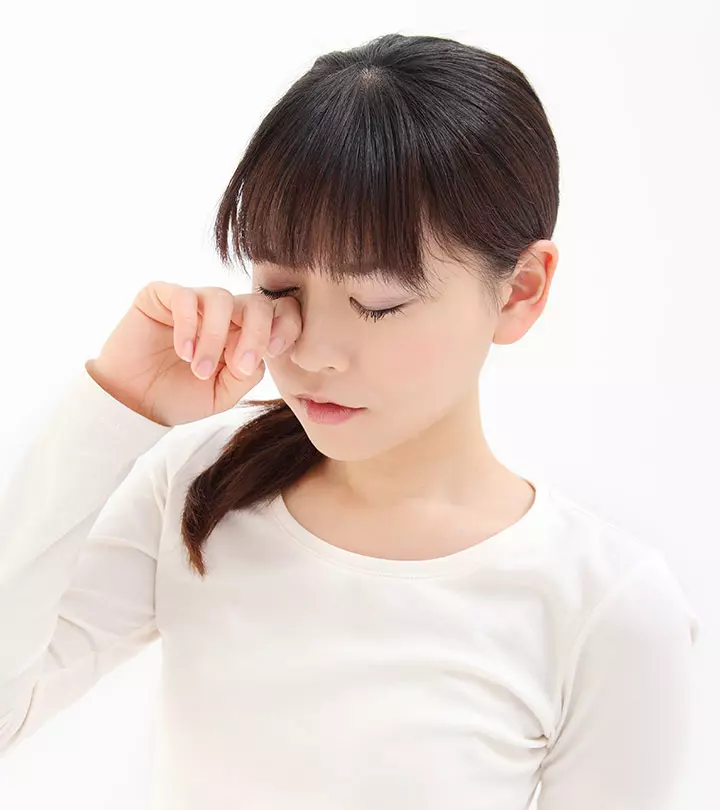


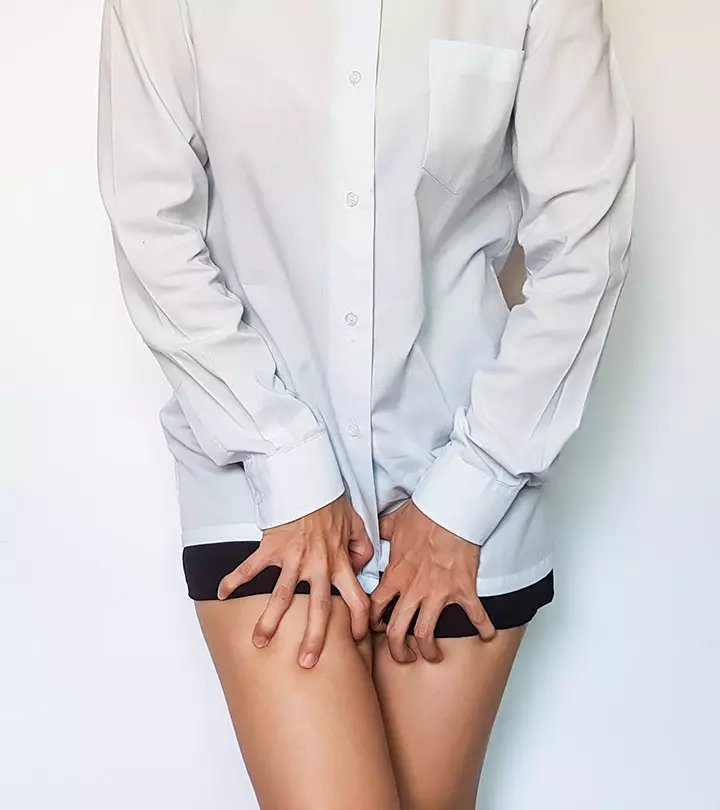

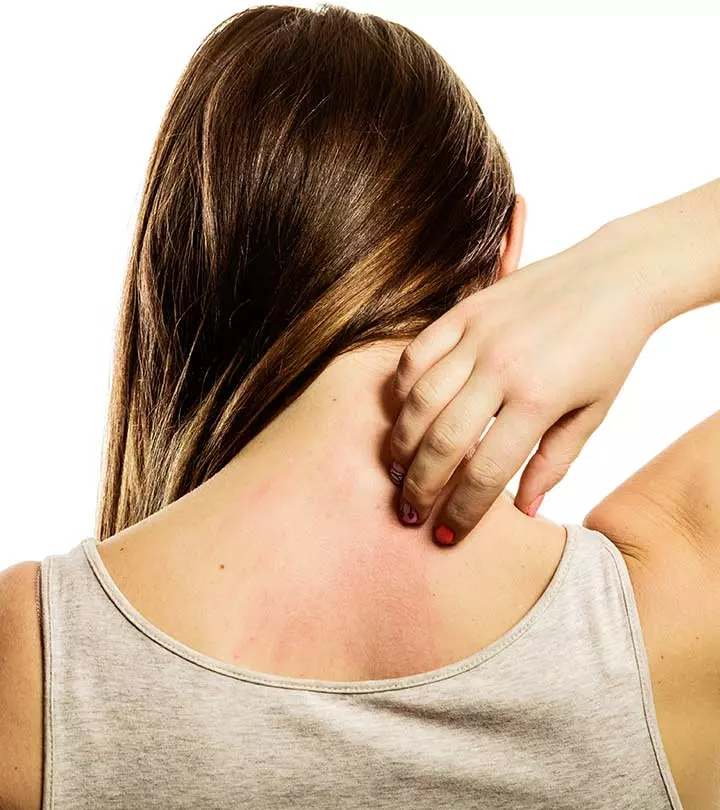
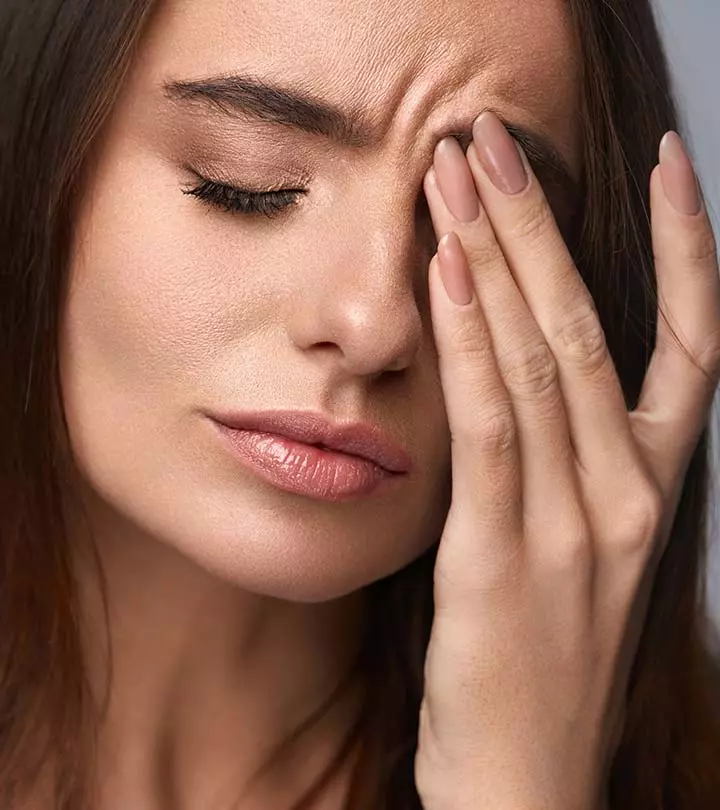
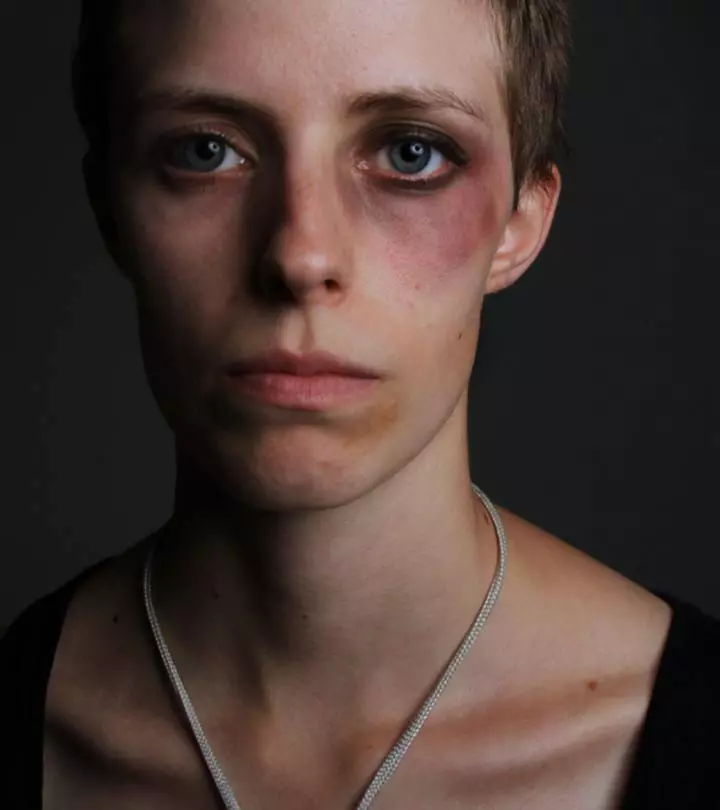










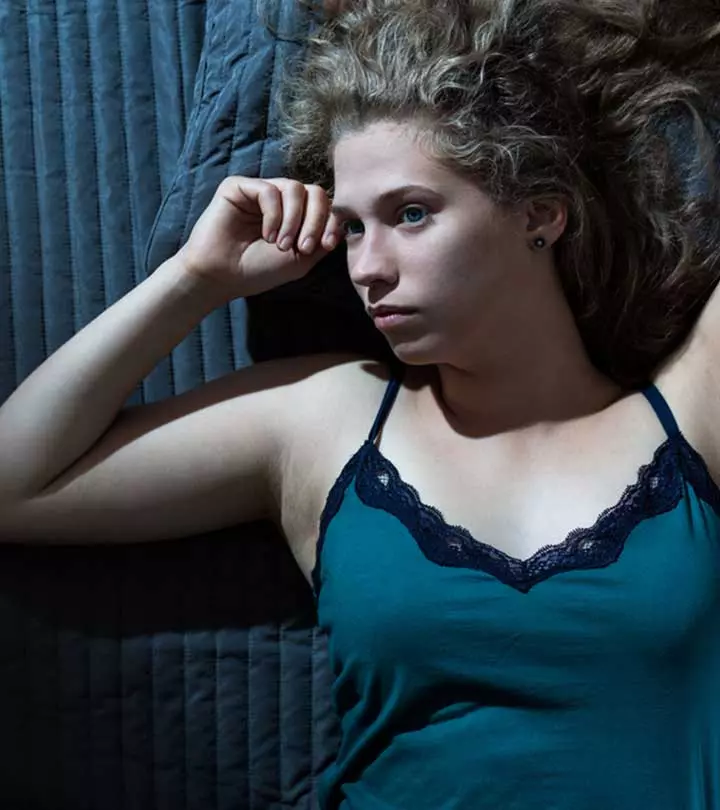
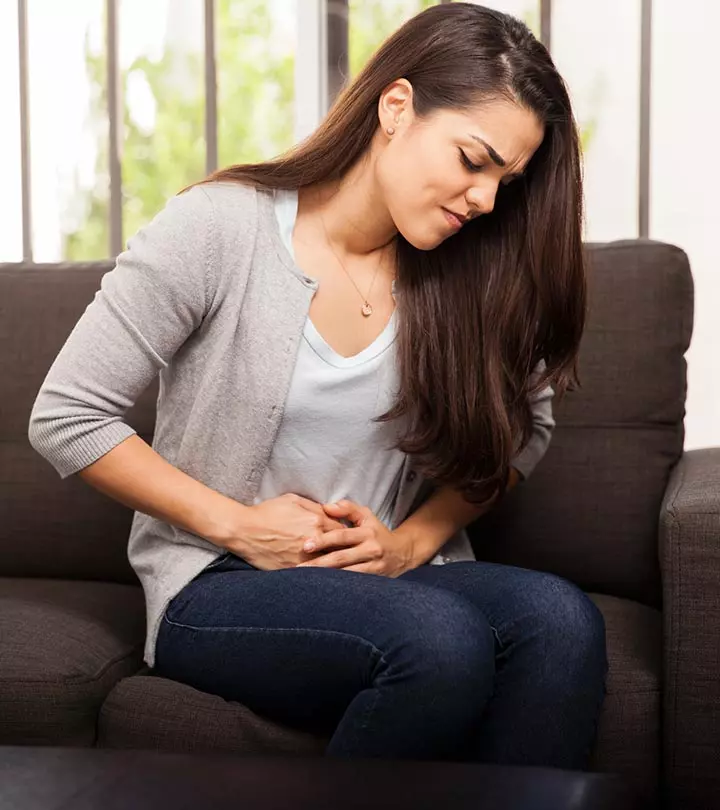
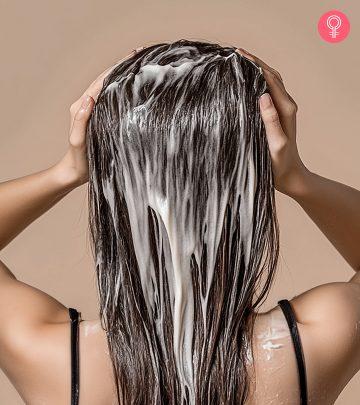

Community Experiences
Join the conversation and become a part of our empowering community! Share your stories, experiences, and insights to connect with other beauty, lifestyle, and health enthusiasts.